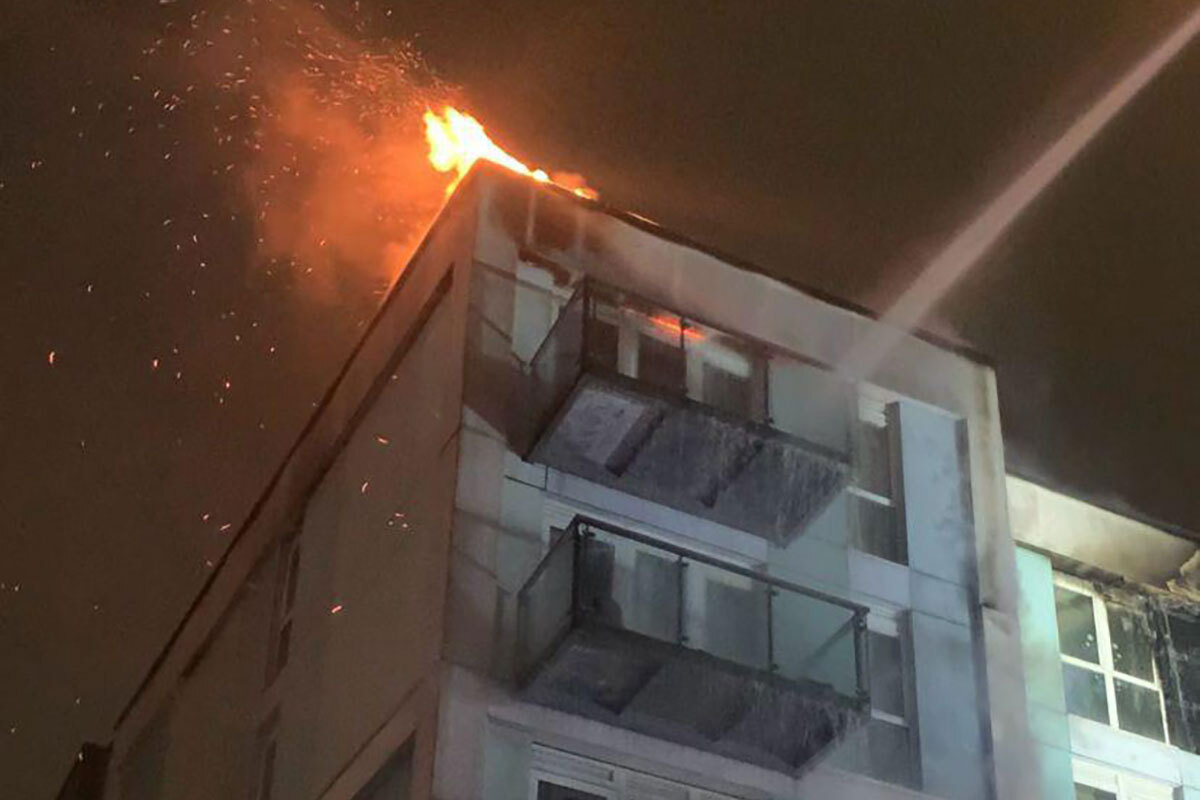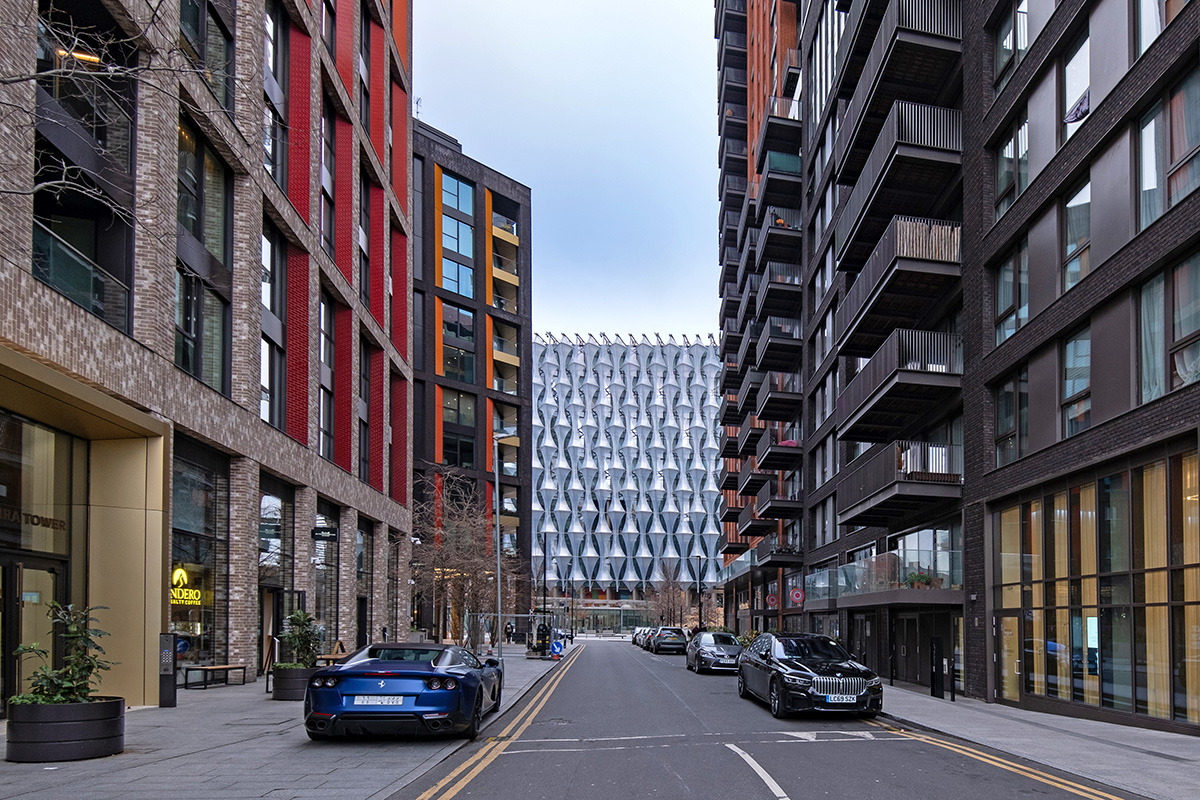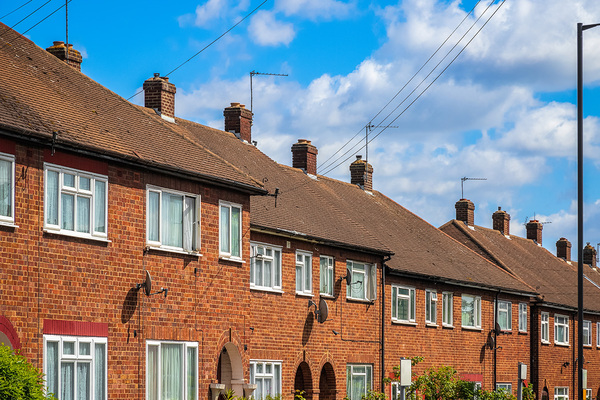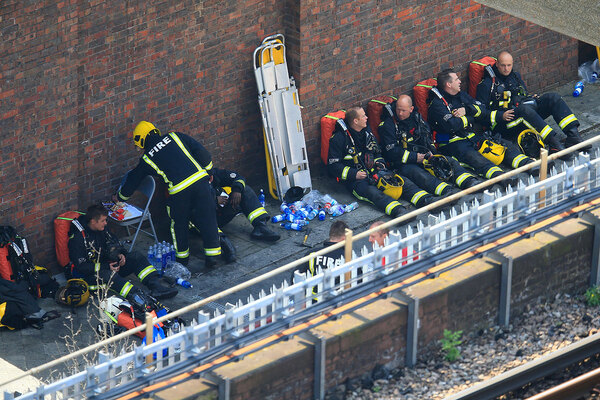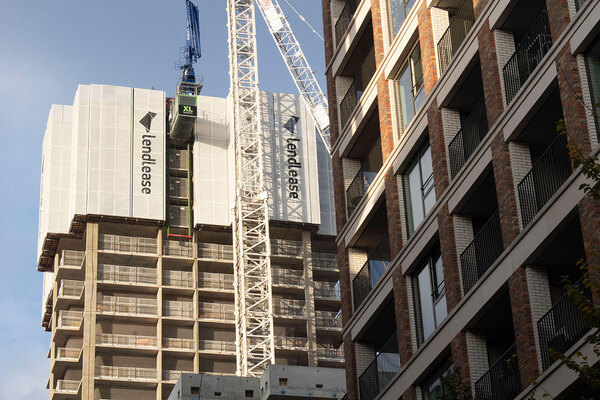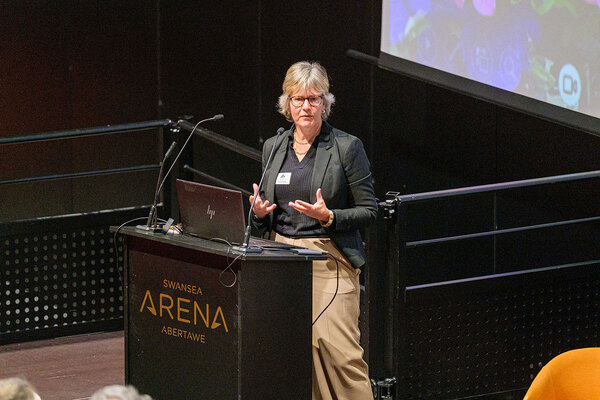You are viewing 1 of your 1 free articles
The Week in Housing: how do those responsible for building safety remediation work sleep at night?
The Week in Housing is our weekly newsletter, rounding up the most important headlines for housing professionals. Sign up below to get it direct to your inbox every Friday
Good afternoon.
Admittedly, it was way past my bedtime on Monday night when I first saw reports that 20 fire engines and around 125 firefighters were responding to a flat fire on Elm Road in Wembley. The number of emergency responders immediately gave me cause for concern.
Thinking about residents fleeing a burning building due to fire safety defects, while the parties responsible for the remediation work complete an arbitration process, did not not help me succumb to slumber.
By the time I woke up the next day I was relieved to find out the fire that engulfed the block, managed by Octavia Housing, had not become another national tragedy. The building originally had a stay put order in place, but this was changed to a simultaneous evacuation plan due to the concerns with the cladding.
It is great the strategy worked, and it underlines again the immense failure of relying on stay put for so long at Grenfell Tower. But the new incident also acts as a reminder that the UK has still not developed new evacuation plans and policies, particularly around taking disabled residents into account.
Measures such as fire alarms, sprinklers and personal emergency evacuation plans have still not been decided on by the government. These are measures that should have been quickly introduced post-Grenfell, in recognition of the fact that repairing so many buildings was going to take years.
Instead, we get examples of convoluted building-by-building disputes over repairs, which not only makes life hell for the existing residents, it also risks a repeat disaster. It is a process that I know keeps many residents up at night, and there will be no excuses for those who should have acted and did not before the next tragedy occurs.
So it is hard to disagree with MP Barry Gardiner’s assertion that parties involved in remediation disputes are “sitting on their hands”.
We have now had the first ruling that marks an early success for the post-Grenfell building safety regime that could pave the way for courts to demand building owners to pay for cladding fixes.
The Building Safety Act 2022 aims to ensure a tragedy like Grenfell does not happen again, but a repeat is highly likely if parties default to the outcome of a court ruling before they act. None of this helps me sleep.
What is worrying is that the scale of this issue may be going unreported. The End Our Cladding Scandal campaign group has described progress of remediating tower blocks with building safety issues in the UK as “misleading” due to the way the government is collecting and publishing the data. This is because many buildings have still not had a full assessment.
All of this happened in the shadow of Grenfell Testimony Week, where the bereaved renewed their demands for justice, which they said had not yet been served in response to the 2017 tragedy.
There is a myriad of reasons why the remediation process is taking so long. As demonstrated by one Essex council after it revealed this week that it is considering demolishing two blocks of flats that need remediation as it expects the fire safety bill to run into millions of pounds.
This followed the news last month that the listed developer and contractor Watkin Jones had reported a pre-tax loss of £2.9m in 2022-23 after setting aside £35m for building safety remediation work.
Originally I had planned to write a scathing response to the government’s proposals for ‘British homes for British workers’, as the consultation on the plans was announced on Tuesday.
But my colleague Peter Apps has set out why it is a transparent response to social media pressure from the far-right and a disingenuous policy that fails on its own racist terms here.
In a letter to the prime minister and housing secretary, 17 housing sector bodies said the plans would amount to “further rationing of an already scarce resource” that would not address the housing shortage and the net loss of social rented homes since 2011.
Meanwhile, the latest government figures on rough sleepers in London were released as the highest ever to date. A record 4,389 people were sleeping rough in London between October and December 2023 – an annual increase of 23%.
At the same time, alarm bells continue to ring about the dire state of local government finances and the impact a lack of funding is having on sourcing accommodation and providing homelessness support.
A cross-party group of MPs warned on Thursday that a £4bn hole in council funding for 2024-25 could lead to a “severe impact” to crucial services and more local authorities declaring bankruptcy. The cross-party Levelling Up, Housing and Communities Committee said that councils are issuing Section 114 notices at “at an alarming rate”.
In the past six years, eight local authorities – including Nottingham and Birmingham – have issued these notices, which indicate they have effectively gone bankrupt.
In a report, the committee noted that the “financial crisis” facing local authorities came after “systemic underfunding” of English councils, alongside increasing demand for services and inflation driving up costs.
As an example, Liverpool City Council is looking to buy up properties from the private rented sector in an attempt to save £121m, as the cost of temporary accommodation to support families facing homelessness has risen 10,000% in five years.
It follows then that a housing association and a council would take the decision to terminate their development agreement for a £1bn regeneration project. The plans by Thurrock Council, as part of a joint venture with Sanctuary, included delivering 2,850 new homes, a medical centre and primary school.
None of these pressures are going to be alleviated without significant government intervention.
A new survey by housing charity Shelter revealed that more than a fifth of respondents are struggling to meet rent and mortgage payments and 40% fear increasing difficulties as the year continues.
There was some good news in that after a year of entering a Housing First scheme, 92% of participants were living in long-term accommodation. The long-term housing is largely social rented accommodation, and clients reported high satisfaction.
The Housing First pilots provided immediate housing and open-ended support for rough sleepers. Since 2019, the scheme has been trialed in three locations: Greater Manchester, Liverpool and the West Midlands.
A report has concluded that outcomes after a year of Housing First are “very encouraging”, with a wide range of “statistically significant improvements” in the social connectedness and well-being of participants. I hope they are sleeping well.
Have a good weekend.
Stephen Delahunty, news editor, Inside Housing
Say hello: stephen.delahunty@insidehousing.co.uk
Editor’s picks: five stories you may have missed
London council pays out £18,800 after three findings of severe maladministration
Karbon Homes announces merger talks
Labour pledges to extend Awaab’s Law to private landlords
Landlord will no longer accept credit ratings unless agency meets residents
Sign up for our Week in Housing newsletter
Already have an account? Click here to manage your newsletters
